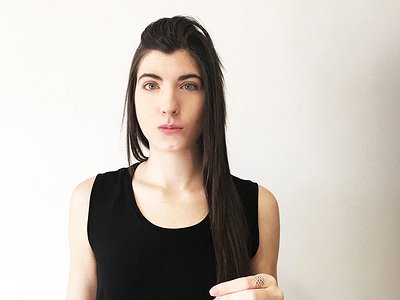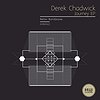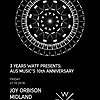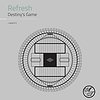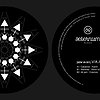Part 1
Name: Tânia Filipa Silvestre
Nationality: Portuguese
Occupation: Graphic Designer
Recommendations: I would recommend to listen to ‘Rhythm & Sound’ – Carrier’ and to check Paul Tebbott's work.
Contact/Website: If you enjoyed this interview with Tânia Filipa Silvestre, examples of her work can be found on the website of her agency TF Concept.
When did you start creating designs and layouts for music - and what or who were your early passions and influences? What what is about the relationship between music and design that drew you to it?
I started designing in 2012 and decided to create my project in early 2013. Some of my influences were and still are: Skilled Concept; Andy Gilmore; Network Osaka; Jack Featherstone and Paul Tebbott.
I think art and music connect in a very deep way. The visual part is a reflection of the music project in an enormous way. It’s a presentation and echo of the project itself. Since both are a passion of mine I decided to start working more on the specific music field and presenting something unique and distinctive that fitted my ideals and what I admire in the art field.
For most artists, originality is first preceded by a phase of learning and, often, emulating others. What was this like for you? How would you describe your own development as an artist and the transition towards your own voice? What is the the relationship between copying, learning and your own creativity?
Correct. I started by doing simple things and evolved from there. I used to try out specific features over and over again until there was nothing else left to do with that specific tool. In the beginning I wanted to be able to recreate everything that Skilled Concept or Jack Featherstone had done for example, and it turned out to be a very good idea; it gave me perception about a lot of things and specific methods. In a sense, it put me in the shoes of amazing minimal graphic designers that I admired. Not in any phase, however, did I decide to use for my venture replicated projects of anyone, it was just a form of learning and making progress.
Therefore, I think there’s nothing wrong with copying projects as long as it is to stimulate our creative side. It’s a step toward achieving our own identity in a certain way. It helped me reach my own uniqueness by learning certain techniques and methods. It’s always important to have influences and to learn from them in any way possible.
What were your main design-challenges in the beginning and how have they changed over time?
For me the main challenge when it comes to launching your own project and views in design is to get other people interested in what you have to offer and to present your project in a way that they will understand the interpretation you are trying to pass along.
Since I work mainly in the music industry, there are a few ways to build a good contact list, nowadays most promoters or labels have their contact on a website or social media page, so it is easier to try to pitch a client. However, it was tough in the beginning to get a solid interest or a response that was linked to the type of art that I wanted to do.
Nowadays, it is much easier. Sometimes people have already heard about my project or saw something I designed for a client, so things connect themselves in a very good way. It's based on the work progress that I have been making for the past 4 years.
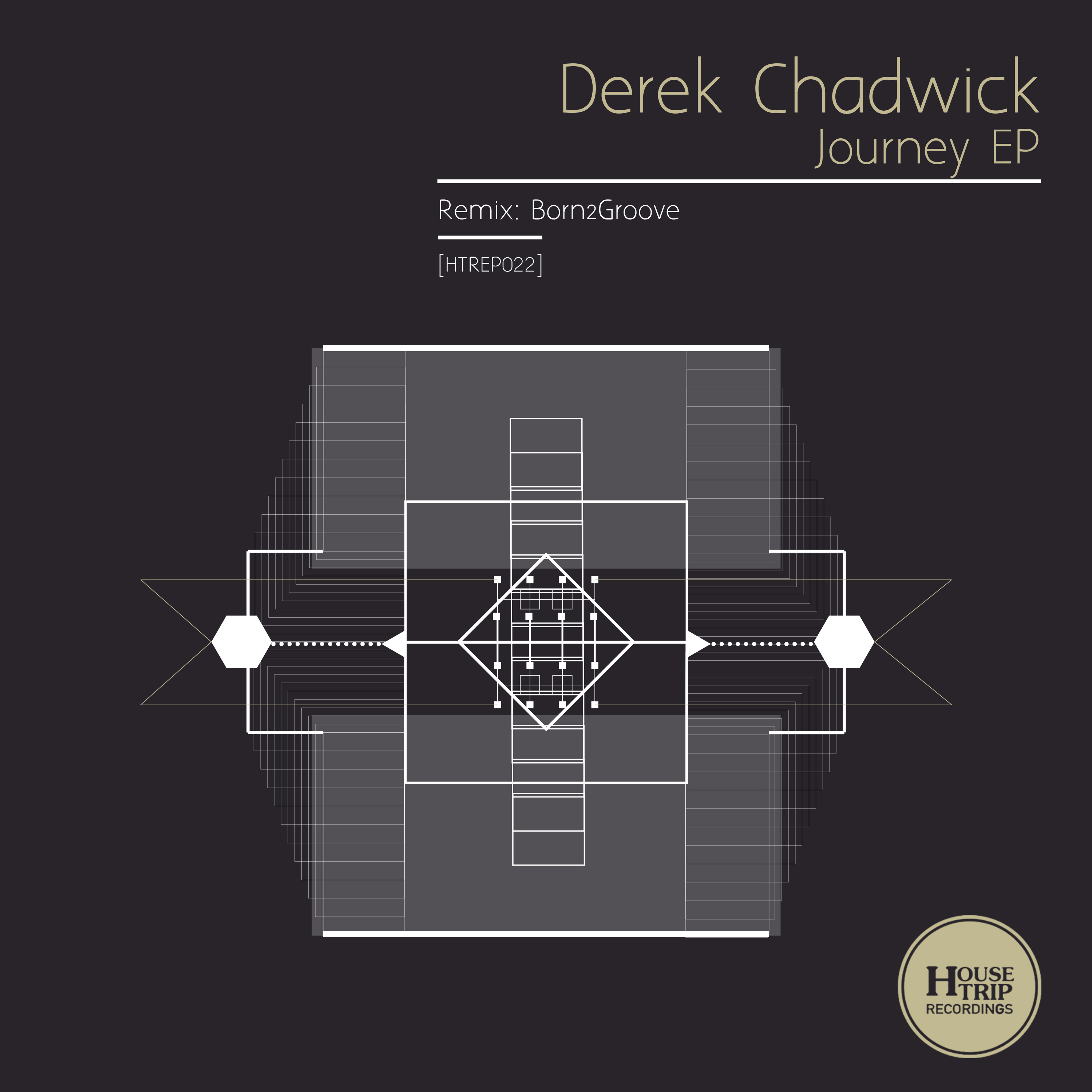
What makes for great music related design? What are the differences in terms of approach for different formats like posters, flyers and covers?
In my case, since I have a project related to minimal- and geometric art, I try to think of all the procedures in the same way, I do not distinguish if it is a digital cover release or a flyer, every single project I do needs to reflect geometry. Alongside that comes the perspective of space. For a flyer for example, there’s the need of place more information so I need to think and layout everything accordingly. Usually I always start with the artwork first and then all comes together as one, but regarding the approach the only rule is to have my project signature there.
What kind of relationship is there between the cover of a release and the music? What can the visual layer add to the music or how can it even change it? Would you say the end result is an art work in its own right, a fusion or merely a support of the music?
Very interesting question and I personally think people in the music industry should start asking themselves this question even if they do not design.
Personally, I think design is a huge part of a project of any kind. For example, a promoter is not only promoting the party or the DJ he invited to play at a specific event, he’s also promoting the image of a concept. When we first look at a flyer we don’t only see the name of who’s playing, we also see an entire artwork that can be more “welcoming”, an artwork that will make people relate themselves with an specific project through image-reading.
A problem nowadays is that there’s a lot of labels releasing good material but the artwork they do is inconsistent. Most of the time, it's images downloaded from the Internet that they don’t even credit the photographer for. Unfortunately, lots of people think they don’t need to invest in artwork or if they do it needs to be cheap. The first thing you see when you are buying music is the art - I think it’s a huge support for the releases and the music industry. A good artwork can make a huge difference and can help consolidate a good project.
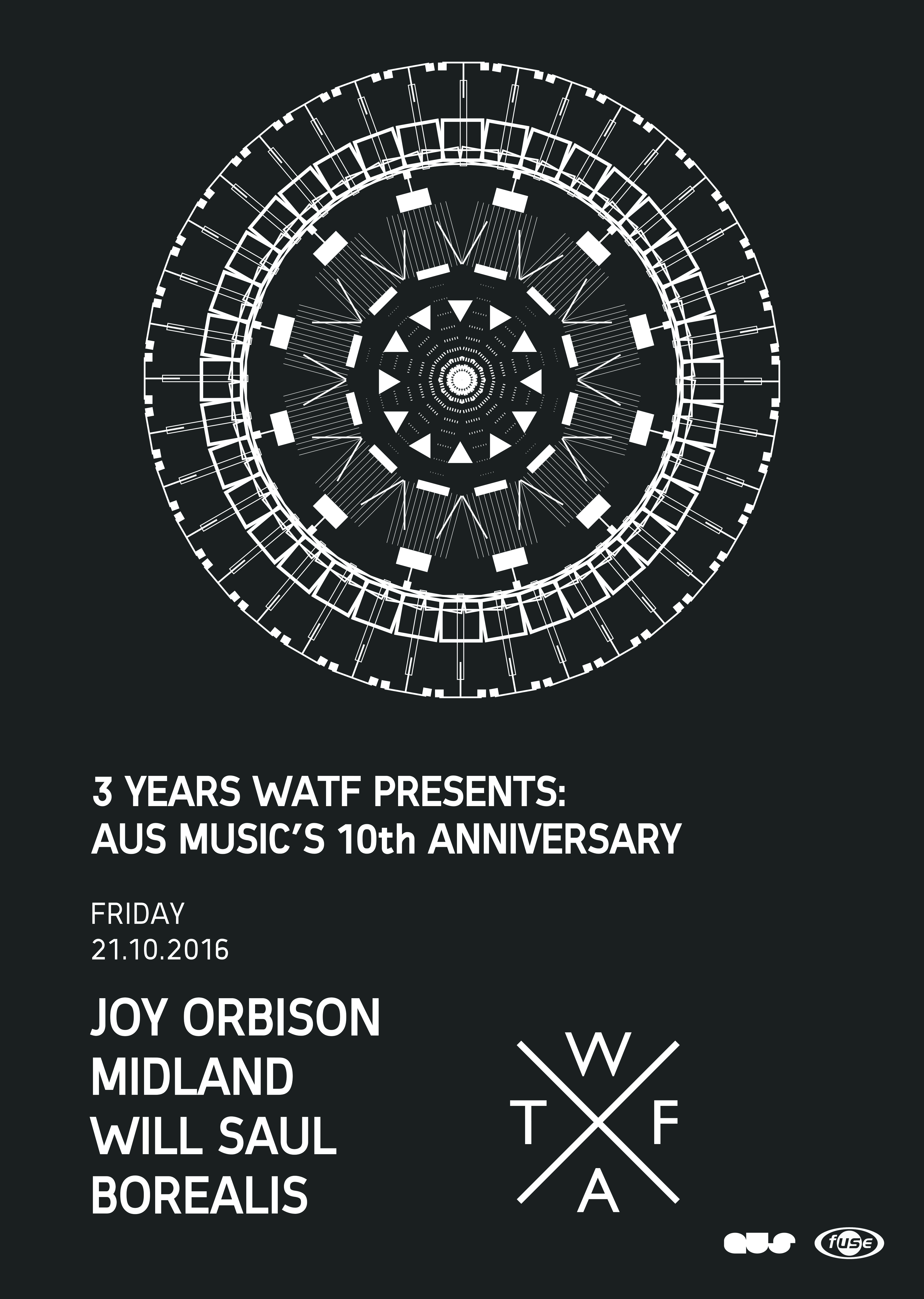
How do you make use of technology? In terms of the feedback mechanism between technology and creativity, what do humans excel at, what do machines excel at?
I do everything digitally. All artworks are done by computer so for me it is essential. I mostly use Adobe Illustrator. In terms of creativity, it’s challenging sometimes … Mostly when I project something in my head and when I try to “translate” it to the digital process, it ends up looking nothing like what I had predicted. However, this is something that happens rarely. Illustrator offers endless resources for creativity. Usually I like to be simple when it comes to choosing what to work with within the program. Ultimately, the creativity comes from myself, the tools are there but they don’t do anything unless my brain thinks about it first. So it’s safe to say the human mind needs to plan everything ahead.
Collaborations can take on many forms. What role do they play in your approach and what are your preferred ways of engaging with the artists you're working for?
I always like to discuss about the project with the client, I always like to give them my perspective in terms of art and see if they are on-board with what I do and if it’s really what they are looking for. My type of artwork is very specific and if a client doesn’t love it 100%, it will make the work relation difficult. I think everything should flow smoothly and take its course. I do like to have liberty to design. I have an extensive portfolio following my line, so any client by looking at it knows what kind of artwork they are going to get if they hire me. Normally I give unlimited options until the client is satisfied. I do like to have a close-up relationship with everyone that I work with and it’s safe to say I have close friends that resulted from design work.




